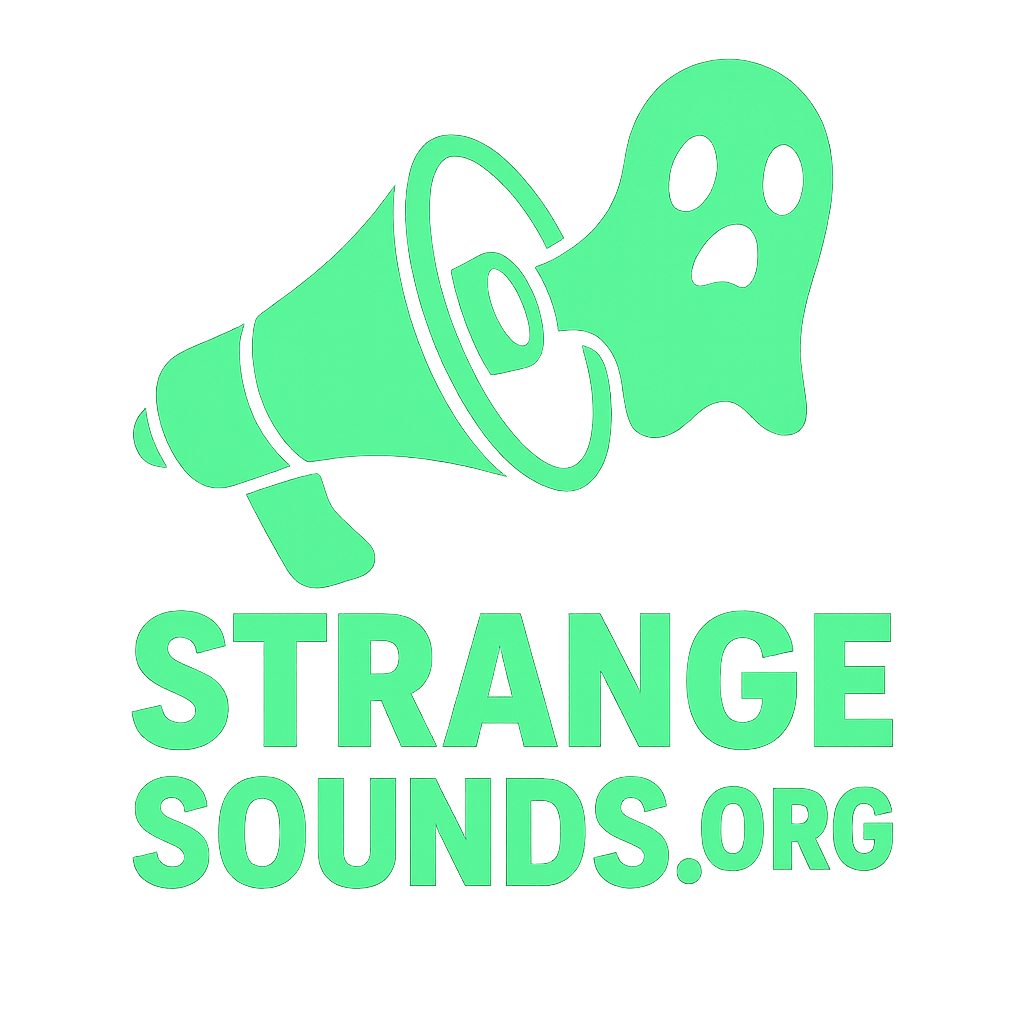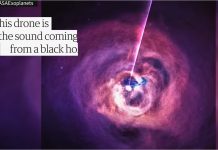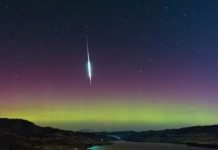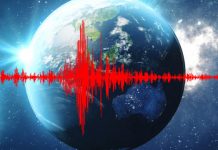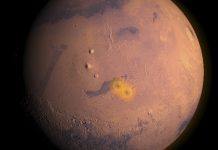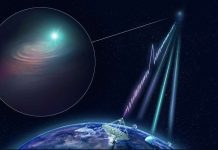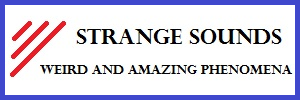Soon after pointing his shortwave radio telescope at Jupiter, Thomas Ashcraft started hearing strange-sounding swooshes of static.
A Jovian radio storm was underway.

This is a one minute long audio recording captured on two short wave radios tuned at 29.0 MHz and 29.5 MHz from a jovian storm that produced sustained emissions during over two and a half hours on June 6, 2017.
Jupiter’s radio bursts
Jupiter is a powerful source of shortwave radio bursts. They come from natural radio lasers in the giant planet’s magnetosphere. Electrical currents flowing between Jupiter’s upper atmosphere and the volcanic moon Io can boost these emissions to power levels easily detected by ham radio antennas on Earth.

